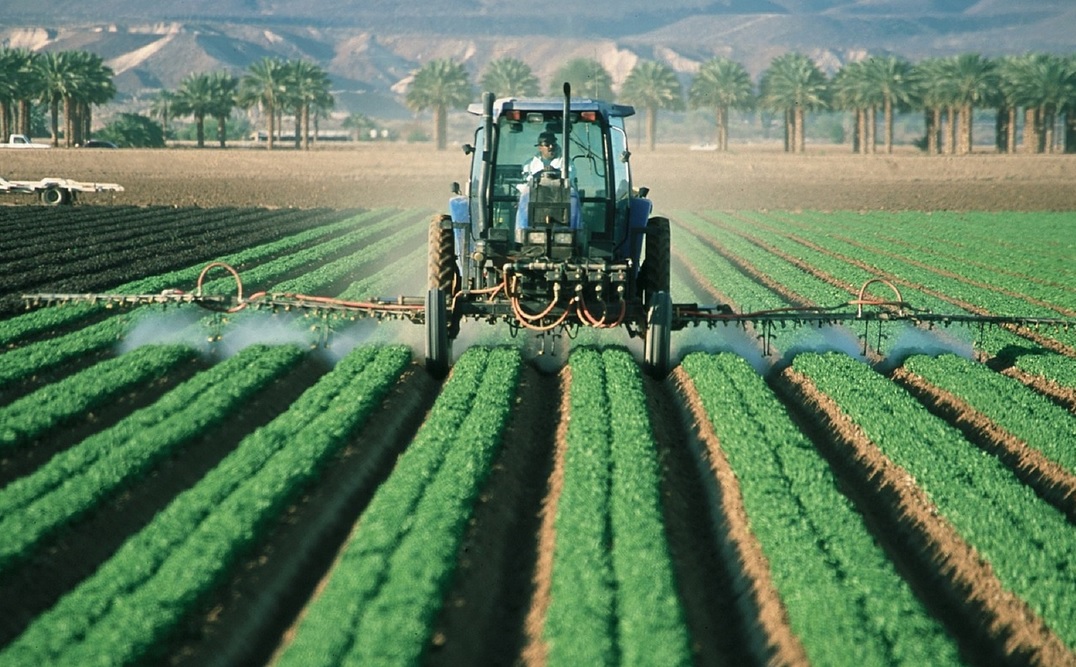 [5]
[5]
By Oregon Association of Nurseries,
Someone has done the calculations, and it turns out that Oregon is responsible for 0.14 percent of the world’s carbon emissions.
This means that 99.86 percent comes from outside of our little slice of the Pacific Northwest.
Oregon is abundant in natural resources. Timber, food and nursery production reign. It is no accident that we have the potential to act as a key for opening the door to resolving carbon issues.
The debate over climate is one that the agricultural community needs to take seriously. Otherwise, bad policies and their associated costs could overwhelm our economic sector. The nature of our products means we are poised to make a difference. We must try to be part of a solution.
An early adopter
The issue of climate is nothing new to the Oregon Association of Nurseries. In fact, we led the way on the Climate Friendly Nurseries Project (CFNP), which took place from 2009–2011.
This project was the first of its kind in the nation. Participating nurseries worked with project partners the Oregon Environmental Council to measure energy use, resource use and greenhouse gas emissions, and try to reduce them. The goal was to achieve greater economic efficiency and profitability.
The project paid immediate dividends. At the conclusion of the three-year project, participating nurseries reduced their greenhouse gas emissions by an average of 20 percent.
These dividends continue. Nurseries who participated in the program, as well as others in the industry, continue to employ the best practices established with the CFNP.
As part of this project, we published Best Management Practices for Climate-Friendly Nurseries. This guide provides best practice recommendations and case studies. Further, it identified funding sources and technical resources to assist with the energy and resource-efficiency upgrades.
The success of the CFNP serves as an example of what the nursery industry can accomplish in the environmental field to the benefit of all. It also demonstrates the importance of incentive programs that lower cost barriers, as well as regulation, for interested nurseries and greenhouses of all production types.
The specter of carbon regulation
It’s all but certain — the Oregon Legislature will pass a bill to restrict carbon emissions in 2019.
The good news? The key players don’t see agriculture as a carbon polluter and won’t push to regulate our industry as such in 2019.
The bad news? The legislation may not be consequence-free for agricultural producers. It could impact the cost of natural gas used to heat greenhouses and the cost of fuel that’s required to take our goods to market.
These are significant areas of concern to the OAN. We have done our level best to seek the advice and counsel of other nursery associations throughout North America that have dealt with similar legislation before us, including several Canadian provinces where carbon pricing has been implemented. British Columbia created a carbon tax, and Alberta, a carbon levy. Both Alberta and British Columbia’s carbon pricing programs apply to the use of fossil fuels, but not electricity.
The nursery industries in these provinces compete with other provinces and U.S. states that are not subject to carbon pricing. Additionally, nursery products sequester carbon. In recognition of these two factors, their governments have attempted to compensate their nursery industries with rebate programs. These programs offset the significant natural gas cost increases resulting from carbon pricing by providing eligible greenhouse operators with rebates equal to 80 percent of their increased natural gas costs.
Canadian nursery owners told OAN that since the implementation of carbon pricing in their provinces, fuel costs have increased 10 percent, even though Canada is a net exporter of fuel.
While the incentives and programs offered by Alberta and B.C. do not completely mitigate the impact of these cost increases, they help.
OAN would like to see Oregon adopt similar measures. These include exempting on-farm fuels from carbon pricing, offering rebates to nursery owners for the substantial natural gas costs of heating their greenhouses, and offering financial incentives for improving irrigation equipment, installing renewable energy systems and making energy efficiency upgrades.
In simple terms, we want Oregon to hold Oregon nurseries harmless.
The road to opportunity
Oregon’s carbon change legislation may create not just costs for the nursery industry, but opportunities as well.
The state of Florida has created a roadmap showing how green products can be incorporated into transportation projects. Their visionary program requires plants and trees from Florida nursery stock to be planted as environmental offsets for all road construction and improvements. It should serve as a national model.
Beautification is a luxury, but this program is NOT that. The key players in Oregon’s climate change legislation recognize that planting large quantities of trees and other plants along roadways will sequester carbon, reduce erosion and create wildlife habitat. That’s very valuable for those concerned with the climate change fight.
Anytime you look at Oregon, you must recognize that much of its land area is owned by the federal government (think forests). This land doesn’t contribute to the burdens of climate change.
Opportunities exist for the nursery and greenhouse industry to be part of a solution. We must vigilantly protect against spikes in fuel and energy costs. I believe that Oregon’s nursery and greenhouse operations can set the example, showing everyone the opportunities that are wide open to the nursery industry on carbon and climate-related issues.